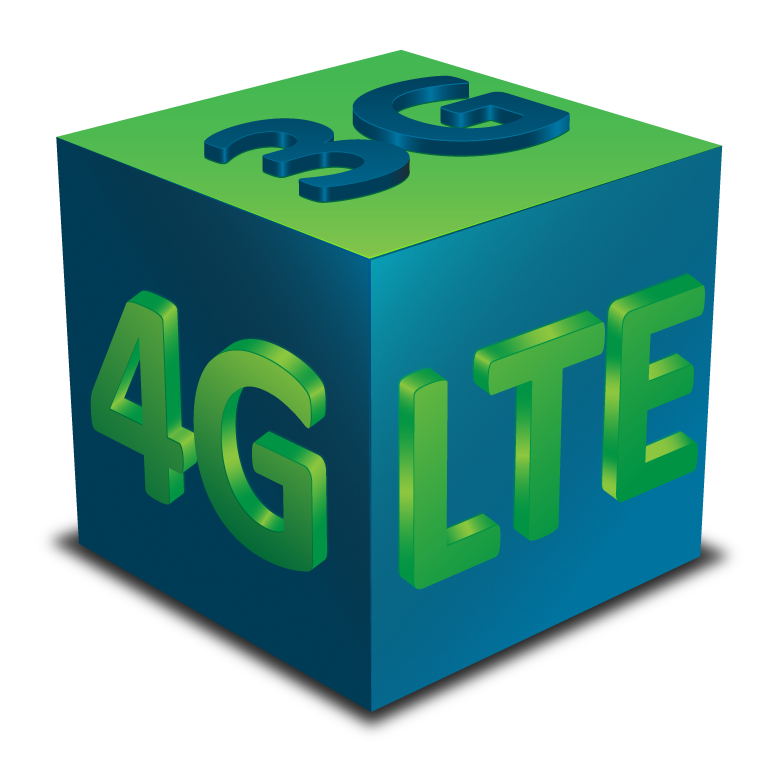3G, 4G, LTE – What does it all mean?!
As mobile devices continue to invade our daily lives and cellular companies continue to battle over who has the fastest, largest or most reliable network, it’s not uncommon for terms like “3G”, “4G” or as of late “4G LTE” to be thrown around as ammunition to help prove their case or promote their brand…but what do these terms mean, and do we, should we even care?
Quick Disclaimer: There are many other variations of 3G and 4G network standards and protocols but for that we recommend a Wikipedia search on the topic. 😉
So let’s break it down.
In the simplest sense each of these ‘G’ terms relates to a particular ‘generation’ of mobile telecommunications technology, i.e. 4th Generation or 4G.
The ‘LTE’ that we keep hearing about is an acronym for Long Term Evolution and is a wireless standard developed by the 3GPP to define a real advanced way to send data over mobile devices at high-speeds (up to 100 Mbps theoretical!)
From 3G to 4G
In the US there are basically two types of cellular networks, GSM (AT&T, T-Mobile) and CDMA (Verizon, Sprint). Each network comes with its own advantages and disadvantages but both deliver similar network speeds using both 3G and 4G technologies. It is worth noting that LTE is the natural upgrade path for both network types and as such has gained the largest global footprint of any mobile technology standard to date.
So what does this mean to me the user?
Although 3G service is quickly heading the route of the dinosaurs to make way for improved 4G networks with increased bandwidth and throughput, the network is still there and being actively used.
When you power on your 4G LTE device (hotspot, aircard, smartphone, etc.), as part of its power on sequence, it sends out a signal to determine which networks are available. So, if you’re in an area with a solid 4G/4G LTE signal your device will automatically connect to that network, but if 4G is not an option in your area yet or your device is unable to get a solid signal it will ‘failover’ to the older, more widely available, 3G network.
So do we care?
About the faster speeds and increased reliability, Yes.
About the marketing emphasis on LTE vs. 4G…not so much.
What’s next?
In talking about where cellular has been and where it’s going we’re often asked: “What’s next? What’s 5G look like?” The truth is, at the time of this writing the 5G standard has not been defined and is still in the R&D stages of its development. Currently the term 5G has been used to describe 2020 technologies as each generation has taken nearly 10 years to develop and implement on a commercial scale.
It’s most likely that we will see the big carriers continue to increase their 4G LTE speeds to get closer to the theoretical 100 Mbps download/ 50 Mbps upload until the industry figures out what 5G will be. Considering that typical 4G LTE speeds are only 5-12 Mbps download and 2-5 Mbps upload tells me we will be hearing about 4G LTE for quite awhile.
Please email nick@4g4rent.com for more information about our 4G LTE solutions and our special wholesale rental rates.

